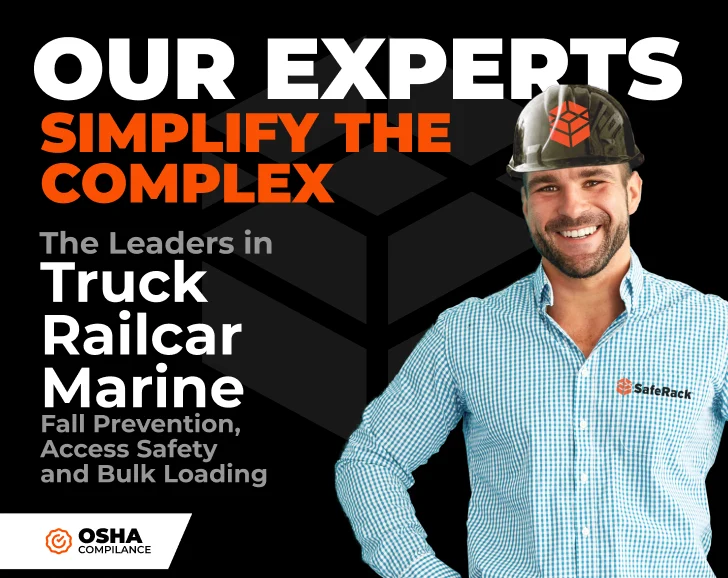Prevention, preparation, and adequate training are the best places to begin when it comes to keeping your workers safe while working at heights. While preventing mishaps starts with regularly evaluating possible dangers for workers and visitors to your facility, a thorough safety plan is also a crucial component of any good health and safety system.
When the work done at your facility involves working at heights, a number of safety risks are possible. Poor maintenance or storage of materials or equipment can cause injury and even death. Workers in high-pressure situations where materials must be moved rapidly and efficiently may be in danger of slip and fall accidents if the workspace is not maintained and the workflow and systems monitored carefully.
Worker and Workplace Safety
Regular safety evaluations can assist employers in determining where hazards and liabilities lie. Personnel, machinery, and equipment may change over time, presenting dangers to workers and compromising workplace safety. In order to keep things running smoothly and safely, a primary focus on fall prevention while also ensuring adequate fall protection for those who are required to work at heights is absolutely essential.
When working at heights, OSHA requires that fall safety be applied to all workers while working over potentially hazardous equipment in order to remain compliant. SafeRack offers OSHA-compliant custom fall protection systems that support the safety of your workers while also boosting productivity.
Height Safety Standards
According to OSHA standard 1926.501, an employer is required to provide fall protection at elevations of four feet in general industry workplaces, five feet in shipyards, six feet in the construction industry, and eight feet in longshoring operations. In addition, OSHA requires that fall protection be provided when working over dangerous equipment and machinery, regardless of the fall distance.
To remain compliant, you must do the following to ensure the safety of your employees while working at heights.
- Install barriers, occupational safety gates, floor pit covers, or toe-boards for protection.
- Guardrails and toe boards must be installed around every high open-sided platform, deck, onto potentially harmful devices or equipment, regardless of their elevation, and runways to prevent falls from occurring.
- The use of alternative fall prevention measures, including safety gears and cables, safety nets, and step handrails.
Fall Protection Solutions
Even though you may feel well prepared to prevent a fall, well-designed, durable fall protection safety solutions are also essential in protecting the people who work at heights in your facility. The following are just a few examples of fall protection solutions your company may consider:
Full-body Harness
Full-body harnesses help prevent a worker from falling while also spreading the immense impact or weight that a fall would otherwise apply to the worker’s body. Full-body harnesses must always be correctly fitted and tightened to provide the best possible security.
Horizontal Lifeline
When doing work at elevation, a horizontal lifeline can give continuous protection to the worker as it can be mounted in many ways and can accommodate corners and varied building designs.
Elevating Loading Safety Handrails
Loading operators can complete their tasks with confidence when handrails are available on loading gangways. Elevating handrails can be extended up to 42 inches and can also be extended the length of a truck or railcar to allow for adaptability while unloading from multiple hatches simultaneously.
Conclusion
Ensuring the safety of workers at your facility should be your number one priority. A safe workplace is a productive workplace. That’s why we’re here to help make it easy. Contact us for more information about how we can help you increase safety and boost productivity at your facility with fall protection and fall prevention systems today.


























